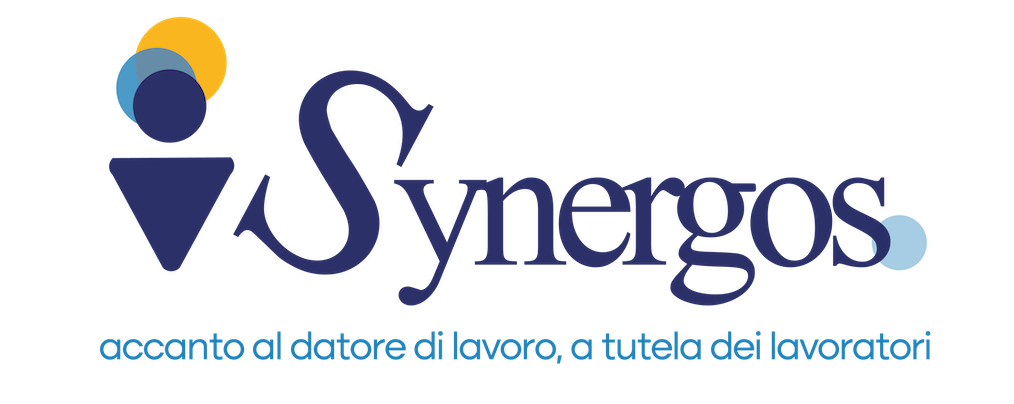Work-related stress risk assessment
The purpose of work-related stress risk assessment is to guide and support employers, workers and their representatives, in reducing risk through analysis of objective company indicators and possible reduction of workers’ perceived stress conditions.
Risk assessment, is conducted in accordance with the European Framework Agreement (October 8, 2004), which defined this type of risk as follows:
– work-related stress has been identified at the international, European and national levels as an object of concern for both employers and workers;
– potentially stress can affect any type of work and any worker, regardless of company size, industry, or type of contract or employment relationship;
– Addressing work-related stress can lead to greater efficiency and improved worker health and safety with consequent economic and social benefits for businesses, workers and society as a whole.
Evaluation is not only aimed at measuring the phenomenon, but also at developing a culture aimed at promoting organizational well-being in the workplace.
Briefly, SLC risk assessment and management has 3 main phases:
Step 1. Framing objective, i.e., verifiable, indicators that can be associated with conditions of work stress, through the compilation of a check list of indicators, specially prepared (Indicator Tool Questionnaire and Check List) The check list allows the detection of numerous parameters, typical of stress conditions, referable to COMPANY DATA, CONTEXT and CONTENT of work.
Filling in the three areas of the check list enables the acquisition of an “estimate” of risk conditions, which will be of the LOW – MEDIUM – HIGH level. The indicators that have been included tend to quantify parameters, as verifiable as possible.
Step 2. Measurement of workers’ perceptions of stress, through the use of a questionnaire, the results of which will be analyzed in aggregate form, meaning that individual occupational stress conditions will not be considered, but those of the organization.
Step 3. Improvement actions must be planned at this stage: in fact, ways to deal with work-related stress must be sought in the company and in work management.
Here a learning path on the topic of “Work-Related Stress” is proposed, according to what is called active training. Active learning is an approach that ensures active involvement of participants in the learning process. The learning pathway is aimed at creating a new culture of organizational well-being and reduction of possible work-related stress risk.
The SLC risk assessment and management must be thoroughly documented in the R.V.D. as required by Art.28 paragraph 2 letter b) of Leg. 81/08 together with the planning of possible corrective and improvement interventions that the Company can implement to decrease or eliminate work-related stress risks.
The evaluation is entrusted to Dr. Francesco Gravili.
Psychologist Psychotherapist Groupanalyst,
Clinical Criminologist,,
Expert in Work and Organizational Psychology.

